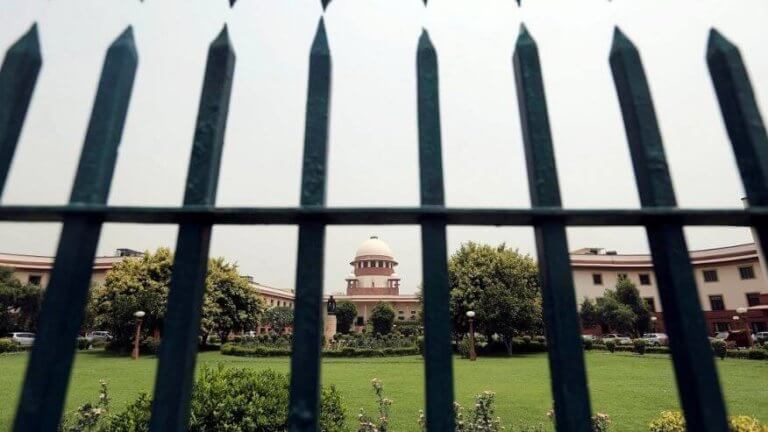If it was not for the timely intervention of Aanchal Anand, legal correspondent, India News, the 10-year-old girl would not have got a chance for life at the Supreme Court today.
The medical board appointed by the Supreme Court gave its opinion that an abortion at 32-weeks was not possible. As medical opinions go, this is a fact. However, the matter could not have ended there. There was still a duty to protect the life of the 10-year-old. Given that the pregnancy had advanced to 32 weeks, alternative modes of delivery ought to have been explored by the medical team. There is unanimity of opinion that if a 10-year-old was permitted to go through labour, the chances of her losing her life would be very high. Given that her pelvic region was not well-developed, she might have bled to death during the course of labour.
One possible medical solution to this would be to perform a cesarean section. It is obvious that at 32 weeks, the 10-year-old was no longer carrying a foetus, but a baby. The medical condition of the baby in the womb is not known. A cesarean section could have the merit of saving the life of the mother. It is not possible to give an opinion on whether or not the baby in the womb would survive without more adequate data.
After the judges in the Supreme Court accepted the medical report of the doctors, that no abortion was possible, it was Aanchal Anand, who raised her hand and demanded to be heard. She pointed out to the Court that a wrong question had been posed to the doctors, namely, whether an abortion was possible, whereas the question should’ve been whether delivery by medical intervention was possible. Recognising the importance of what she was saying, the Supreme Court has directed the medical team to explore the possibilities of delivery through surgical means. Moreover, the manner in which the case reached the Supreme Court is troubling. It is tragic that a 10-year-old in need of medical assistance, aid and advice is compelled to reach the Supreme Court at 32 weeks of pregnancy without being attended to earlier. Whilst it is true that it may be difficult to detect a pregnancy in a 10-year-old, there is no doubt that the family of the 10-year-old has not received proper medical or legal advice. If a medical facility has been accessed, there is a duty asked by law on all medical facilities to provide facilities free of charge.
More importantly the Medical Termination of Pregnancy Act, 1961, does not contain within itself a facility to the possibility of dealing with a situation of this kind. The Supreme Court directed all state governments to set up medical boards to deal with similar situations.
When I spoke to Aanchal Anand, she said, “I would not have been able to sleep tonight if I had not intervened at that critical moment”
Indira Jaising is a Senior Supreme Court advocate and trustee of Lawyers Collective.


